Poor, Indigenous, and Rich Ethnic Minorities: A Study in Contrast
Ethnic minorities are almost everywhere in modern societies. They are called minority in contradistinction from the majority. The issue of their human and civil rights is of serious importance because, in a many instances, there is a disparity in the rights that they enjoy, compared to those that the majority enjoy. If this was not so, such an issue would not be a well-recognized and legitimate problem. Further clarification leads us to two broad types of ethnic minorities: the indigenous ethnic minorities and the migrant ethnic minorities.
Indigenous ethnic minorities
As a matter of general perception, indigenous ethnic minorities, in almost all the societies where they are found, appear to be less empowered than the dominant majority in terms of political participation, economic importance and social involvement. In these areas of consideration, the majority luxuriate to the fullest extent in a wide range of opportunities that the indigenous minority by and large do not have. The indigenous minorities are said to be marginalized and hence disempowered. They do not enjoy as much freedom as that which the dominant majority relish. In instances when the call for justice is of the essence, the majority get it much more easily, as it is almost denied to the indigenous minority.
In other words, human flourishing, as the most basic principle that covers both human and civil rights, is not only less fulfilled in the case of the indigenous minority but also often denied in a variety of ways. Worst-case scenarios even highlight the predator-prey relationship between the majority and the indigenous minority in certain societies. In simple terms, it is always the majority that call the shots: never the indigenous minority. It is not, however, suggested here that the minorities do not have any rights at all to exercise. The crux of the present problem is the reality that, compared to the majority, indigenous minorities do not possess equal rights.
The voices of the indigenous minority to express imminent concerns relevant to essential issues that affect their lives as a people are more often muffled and prevented by the dominant majority from being heard through both legal and illegal means. Just to satisfy the monitoring media in many instances, they are allowed to present their issues, but this is done in a controlled environment where what is supposed to be seen by the viewing public are the edited versions. Everything is all a superficial display of a semblance of the indigenous minority’s human and civil rights. In Emanuel Levinas’ words, the indigenous minority constitute the Other and their otherness is the very factor that diminishes their rights in a social milieu managed and controlled by the dominant majority. The whole situation is therefore not simply a case of local disempowerment but of blatant dehumanization.
“Outsider” or migrant ethnic minorities
The issue of “outsider” or migrant ethnic minority is more complicated. There are societies where there is an across-the-board infringement on their rights by the dominant majority, which is quite similar to the previous discussion on indigenous minorities. On the other hand, there are societies where the migrant ethnic minority are highly powerful in that they exercise economic ascendancy over and above the majority. The distinguished Yale legal scholar and author of the highly acclaimed bestseller World on Fire: How Exporting Free-Market Democracy Breeds Ethnic Hatred and Global Instability, Amy Chua, has coined the term “market-dominant minority” to describe this powerful “outsider” minority.
This group includes multi-millionaire — even multi-billionaire — Chinese capitalists who operate collosal commercial and industrial business conglomerates that were initially in southeast Asia but are now all over the world. We should also mention equally powerful Jewish business moguls with business empires in Europe and the Americas. In more particular instances, we have the multi-millionaire Hispanic “insulares” minority who control large-scale business investments in various parts of central and south America. In the African continent, they are the European–both British and continental–tycoons who have long dictated the economies of countries through their direct involvement in local agricultural, commercial and industrial enterprises. We could go on and on and get more specific about the many other powerful “outsider” minorities who control the economies and major politicians in countries all over the world. Amy Chua remarks:
“Market-dominant minorities can be found in every corner of the world. The Chinese are a market-dominant minority not just in the Philippines but throughout Southeast Asia. In 1998, Chinese Indonesians, only three percent of the population, controlled roughly 70 percent of Indonesia’s private economy, including all of the country’s largest conglomerate. More recently, in Burma, entrepreneurial Chinese have literally taken over the economies of Mandalay and Rangoon. Whites are a market-dominant minority in South Africa–and, in a more complicated sense, in Brazil, Ecuador, Guatemala, and much of Latin America. Lebanese are a market-dominant minority in West Africa. Ibo are a market-dominant minority in Nigeria. Croats were a market-dominant minority in the former Yugoslavia. And Jews are almost certainly a market-dominant minority in post-Communist Russia.”
These market-dominant minorities are grievously detested by the envious and incensed majority. The more serious cases of hate campaigns include the one that was launched not too long ago by president Robert Mugabe against the “white” dominant minority who had long controlled Zimbabwe’s economy. Amy Chua’s World on Fire is a comprehensive research study on how these market-dominant minorities have long been the leading supreme economic manipulators of sundry societies and nations in the age of what we now know as globalization. In this light, she says:
” . . . In the numerous countries around the world that have pervasive poverty and a market-dominant minority, democracy and markets–at least in the form in which they are currently being promoted–can proceed only in deep tension with each other. In such conditions, the combined pursuit of free markets and democratization has repeatedly catalyzed ethnic conflict in highly predictable ways, with catastrophic consequences, including genocidal violence and the subversion of markets and democracy themselves. This has been the sobering lesson of globalization over the last twenty years.”
The issue of minority rights is therefore not a monolithic one. On one hand, the indigenous as well as the “outsider” minorities are disempowered in societies where the full exercise of some of their human and civil rights is either limited or prevented by the dominant majority. On the other hand, “outsider” minorities are often in paramount command of a nation’s social and even political order because of their broad-spectrum ascendancy over the economic affairs of societies where they operate as big-time capitalists. Such “outsiders” can use their influence to operate in ways that are genocidal.
Finally, a migrant ethnic minority can have members who are poor and disenfranchised as well as ones who belong to the market-dominant minority class. Such a situation can also become lethal. As the dominant majority, who control the machinery of government, become more and more threatened by members of the market-dominant class, the dominant majority’s anger gets directed, not at the powerful market-dominant class, but at the poorer, more vulnerable members of the same ethnic minority.
Editor’s Notes: Photograph one by Rafael Penaloza; photographs two and five by Trey Ratcliff; three, four and eight from Active Stills archive; image composite six from Byzantine K. archive; photographs seven and eleven by Shreyans Bhansali; photo nine by Epsos; and image composite ten by Tjebbe van Tijen.
Related Articles

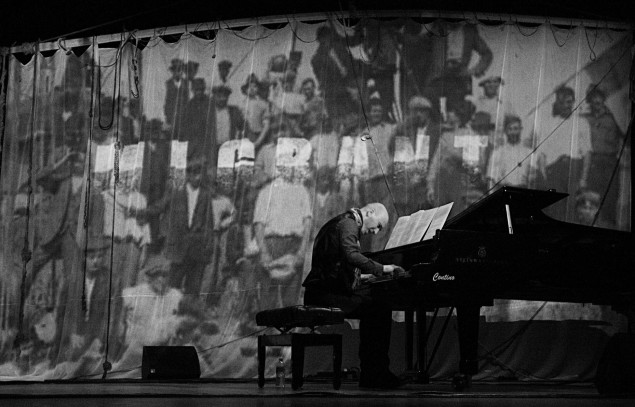
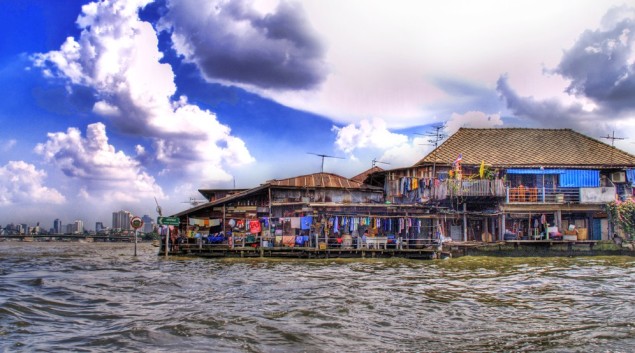
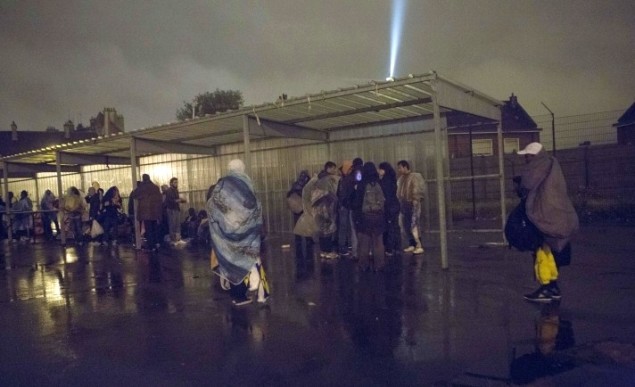
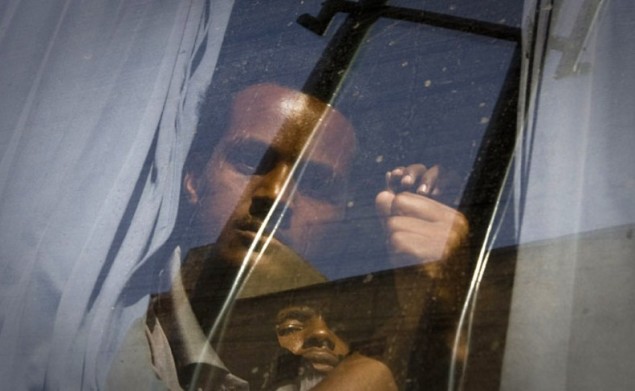

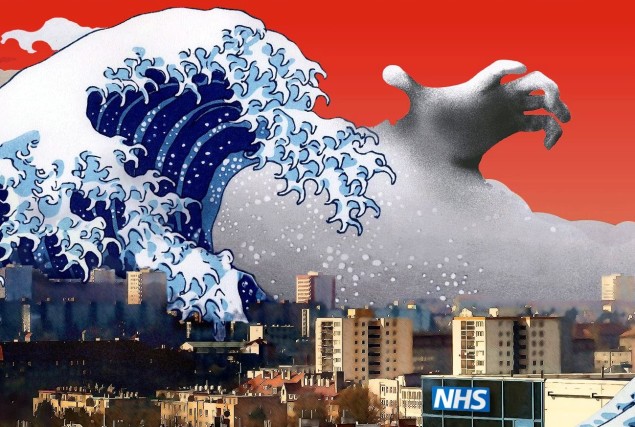
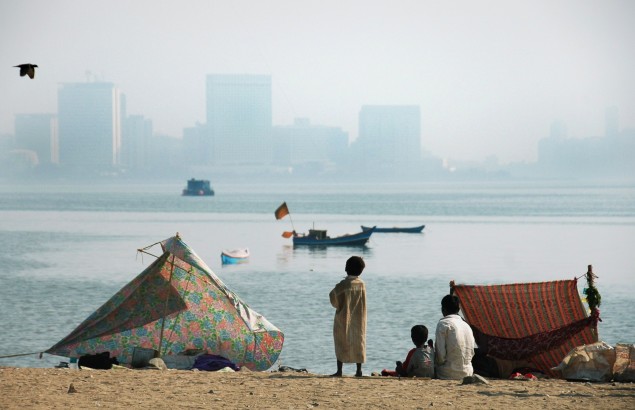
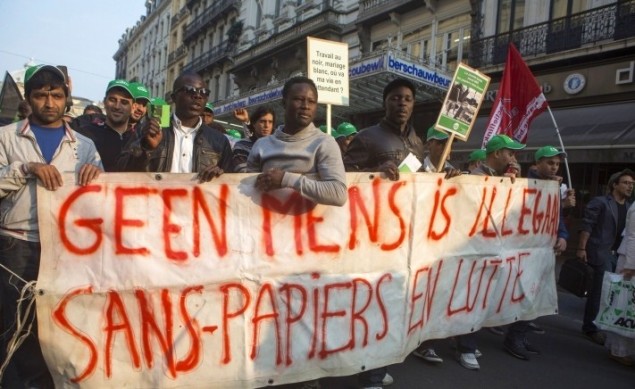
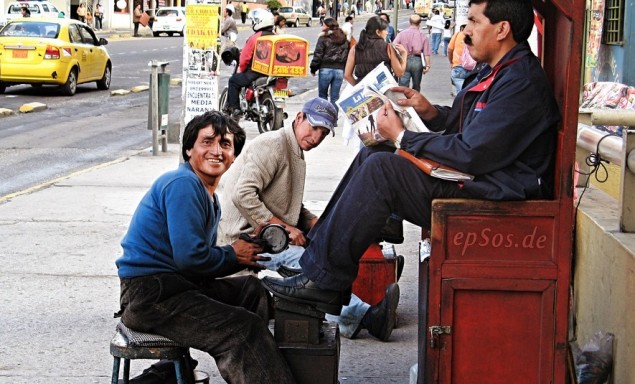
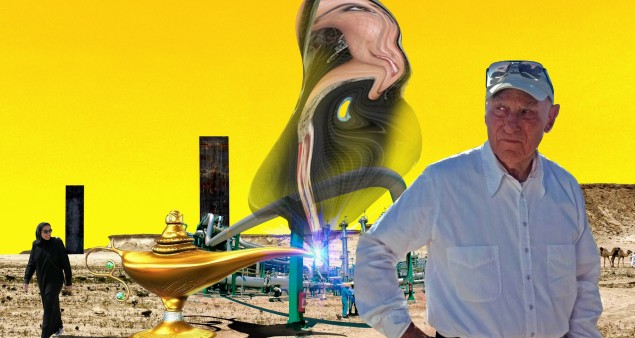
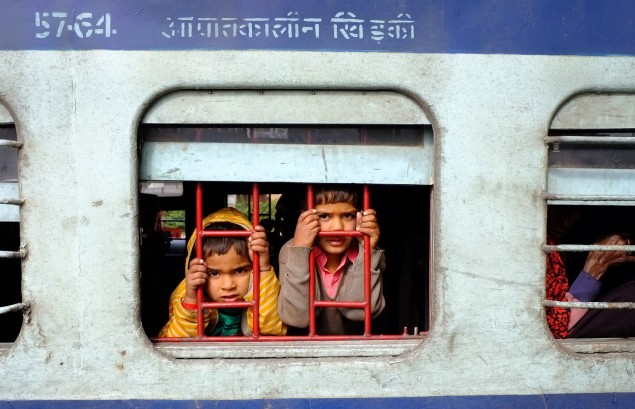











You must be logged in to post a comment Login